Coastal Humane Society announces fall low-cost pet vaccination clinics
The Coastal Humane Society will hold two lowcost vaccination clinics this fall in partnership with Dr. Mary Burkart of Roanoke Island Animal Clinic and Dr. Blythe Hayes of Sound Veterinary Hospital.
The first clinic is scheduled for Sunday, September 28, from 11 a.m. – 2 p.m. in front of the Good Dog Retreat in Manteo.
Sound Veterinary Hospital will hold its clinic on Saturday, November 29 from 9 a.m. – 12 noon at its Nags Head offices. Families can also have their pet’s picture taken with Santa – an extra treat! Both vaccination clinics provide dogs with their annual rabies, distemper-parvo and Bordetella vaccines for a total of $36 and heartworm testing for $20. Cats can receive their annual rabies and FVRCP vaccines or $23. Dogs must be on leashes and cats must be in secure carriers.
Coastal Humane Society began offering low-cost vaccination clinics in 2016 in response to growing numbers of families reaching out for financial help keeping their pets healthy, particularly during the Covid pandemic. The society’s partner veterinarians quickly stepped up, donating their time and greatly lowering vaccine costs.
The vaccination clinics are extremely popular. Last year, more than 400 pets received their annual vaccinations through the clinics. Pet families do not need an appointment – it is first-come, first served.
Anyone wanting to know more about the low-cost clinics or Coastal Humane Society’s other services can stay in touch through Instagram and Facebook or through the Help Line at 252-261-7417.
Coastal Humane Society is an all-volunteer, 501(c)(3) non-profit dedicated to supporting pet owners across the Outer Banks. The Society offers spay and neuter, vaccination and medical assistance programs along with pet food banks and disaster relief for pet owners during storms and emergencies. Coastal Humane Society has helped more than 12,000 pet families since 1997.
— Submitted by Patti Bourexis, Coastal Humane Society

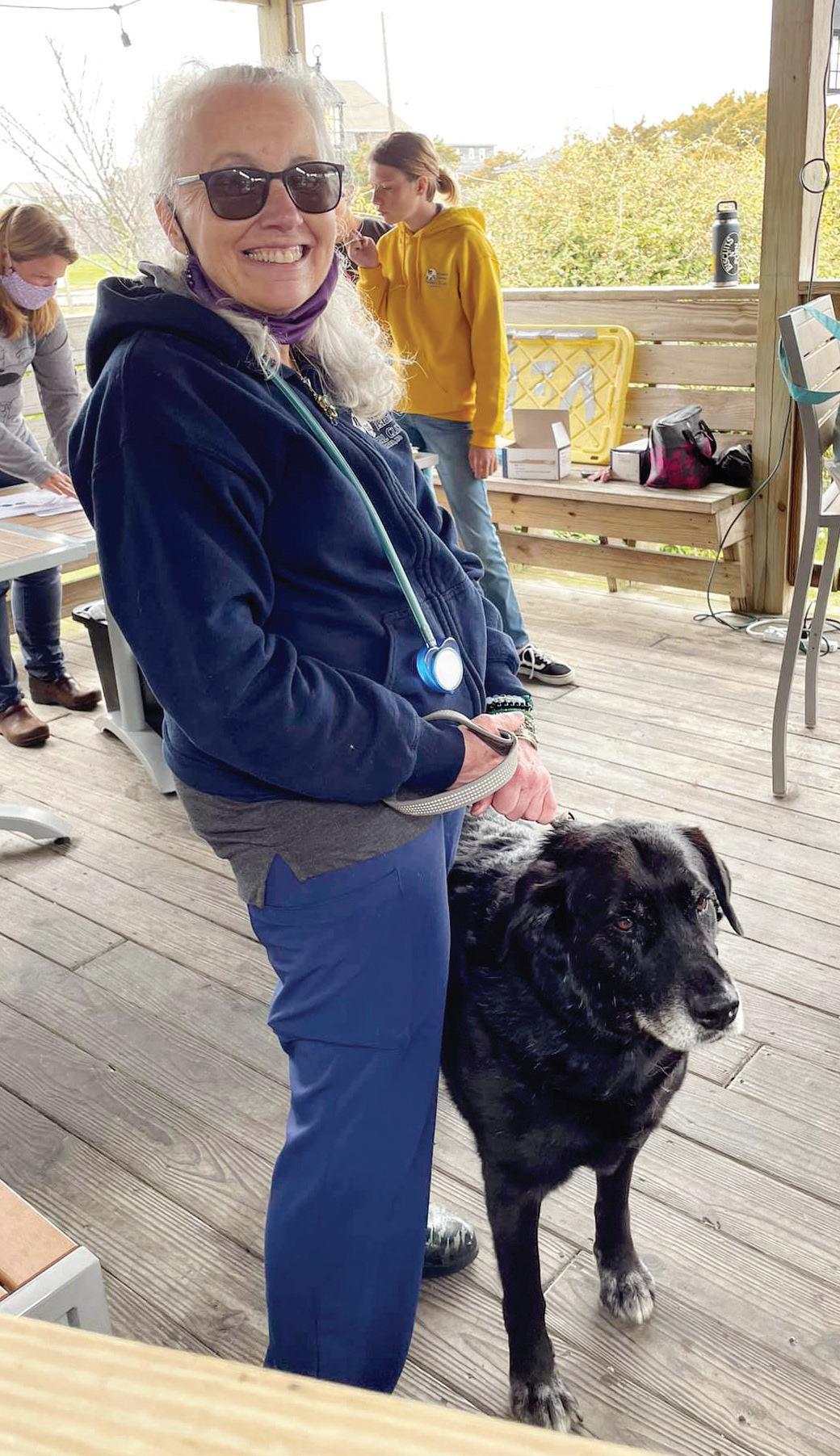







Outer Banks Pets
Dog parents should practice pet etiquette
Dogs are popular pets. Forbes Advisor reports 65.1 million households in the United States have a dog, and there are roughly 89 million dogs in the country. People have grown accustomed to treating their dogs like members of the family, and that means that dogs increasingly are being brought along on errands, traveling with their human companions, and even being brought into the workplace. It’s important for pet parents to always be mindful of their dogs’ behavior when out and about, or even hanging closer to home. Dog owners can follow these dog etiquette pointers to be responsible pet owners.
• Get permission from your employer before taking a dog to work. If you plan to take your pet into the workplace, whether during Take Your Dog to Work Day or Take Your Pet to Work Week, or any time of the year, it is best to check with management to find out if this is allowed. You must be mindful of people’s dog fears or allergies and be respectful of others no matter how much fun it might be to bring your dog
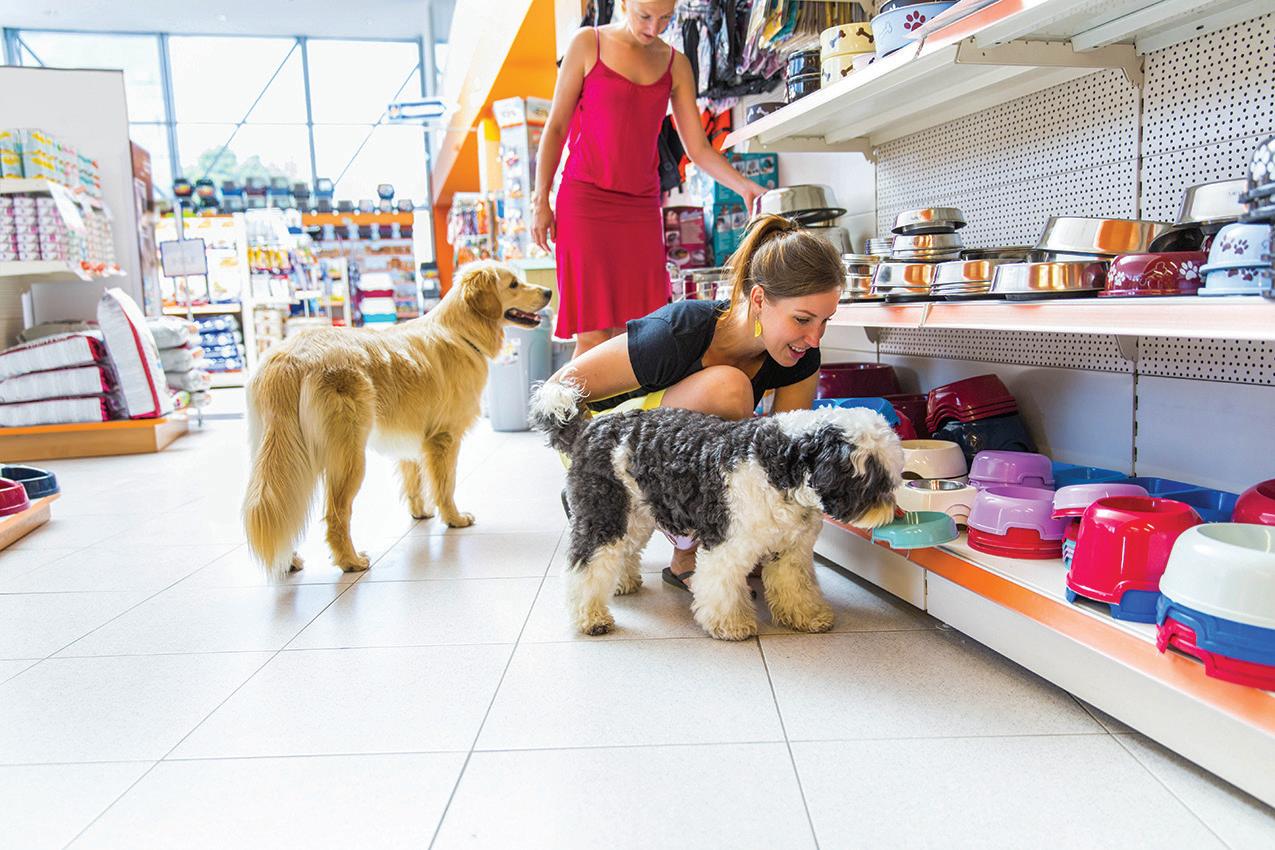
into a public space. The warm and fuzzy feelings dog owners feel for their dogs are not necessarily shared by everyone.
• Quiet nuisance barking. Do not leave your dog outside unattended for a long time. This can cause what the American Kennel Club characterizes as
boredom barking. Quiet your dog if he or she is barking, or bring the pet indoors.
• Always leash your dog. Some people are not comfortable around dogs. And even if your dog is friendly, others met on walks or outings may not be. To prevent
uncomfortable situations or even dog bites, it’s best to always leash your dog. Choose a leash short enough to prevent your dog from jumping on passersby.
• Ask permission first. Check to see if your dog is allowed to greet people or other dogs. If someone
says, “no,” respect that answer.
• Clean up after your pet. Always have waste bags at the ready so you can clean up after your dog. This also applies indoors, should your dog have an accident inside a pet-friendly store.
• Be mindful of
shopping with pets. Many stores do not allow dogs inside, but employees may be hesitant to approach pet owners about such policies. Many stores only allow trained service dogs that are Americans With Disabilities Act-compliant. Service animals are defined as dogs that are individually trained to work or perform tasks for people with disabilities. Service animal designations are exclusive to dogs. However, a number of people have “emotional support animals,” which are not recognized as service animals. As a general rule of thumb, know a store’s policy on non-service animal pets before visiting. And, when shopping at food stores, it’s best to leave the dog at home.
• Train your dog. A dog that knows basic obedience training will behave better in the community. If you are having trouble training your dog alone, consider working with an experienced dog trainer. Dogs are beloved members of the family. However, pet owners should practice proper etiquette when dogs are out and about.
Endocrine diseases in dogs and cats
By Dr. Mark Grossman Roanoke Island Animal Clinic
Diabetes, hyperthyroid disease, hypothyroid disease, Cushing’s disease and Addison’s disease. What do these diseases have in common?
Answer: They are all endocrine diseases of dogs and cats. Let’s go through them one at a time. Cats first, because they think they own the world.
1) Diabetes. It is very
common in cats. It results from a failure of the pancreas to produce insulin or the body to respond to insulin. Subsequently, your cat will have a super high blood sugar, but not able to use any of it. If your cat is drinking like a fish and eating like a pig and losing weight, I would have them checked out.
2) Hyperthyroid disease. Another very common in cats. Usually, these cats eat ravenously
and still lose weight. They can drink excessively too, so can mimic diabetes. Now our K-9 friends: 1) Hypothyroid disease. This is a common endocrine disease in dogs usually older than 4. The thyroid gland stops producing thyroxine, a very important hormone that regulates metabolism. These dogs often get fat, have low energy, have a decreased appetite, and often get skin and ear infections.

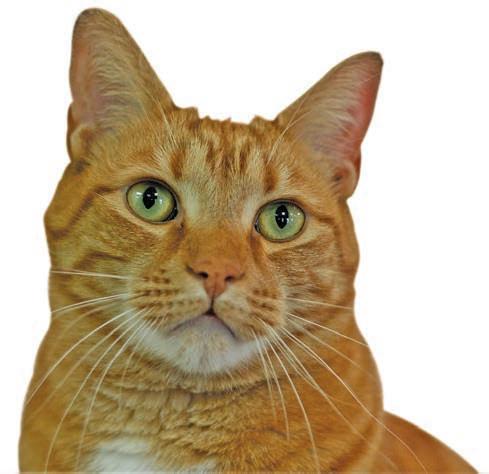

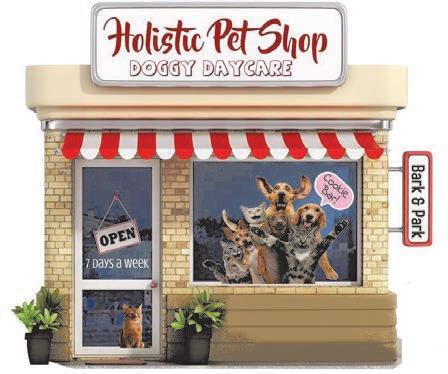
2) Diabetes. Yup –dogs and cats get this one alike. As in cats, these dogs drink excessively and often eat ravenously and lose weight. They also have low energy.
3) Cushing’s disease. Another common disease in dogs. This arises from the adrenal glands producing too much cortisol.
It makes these dogs drink and eat excessively, pant, lose energy and often get a pot belly appearance. Some dogs get diabetes secondary to Cushing’s.
4) Addison’s disease. This disease is the opposite of Cushing’s. The adrenal glands stop producing cortisol. This disease is known as the great mimicker. Your dog can feel good one day and like crap the next. It can cause malaise, vomiting, diarrhea, listlessness and inappetence. Your dog can die if this disease goes untreated.
Note: All of these hormone disorders can be managed very well, especially if diagnosed early.
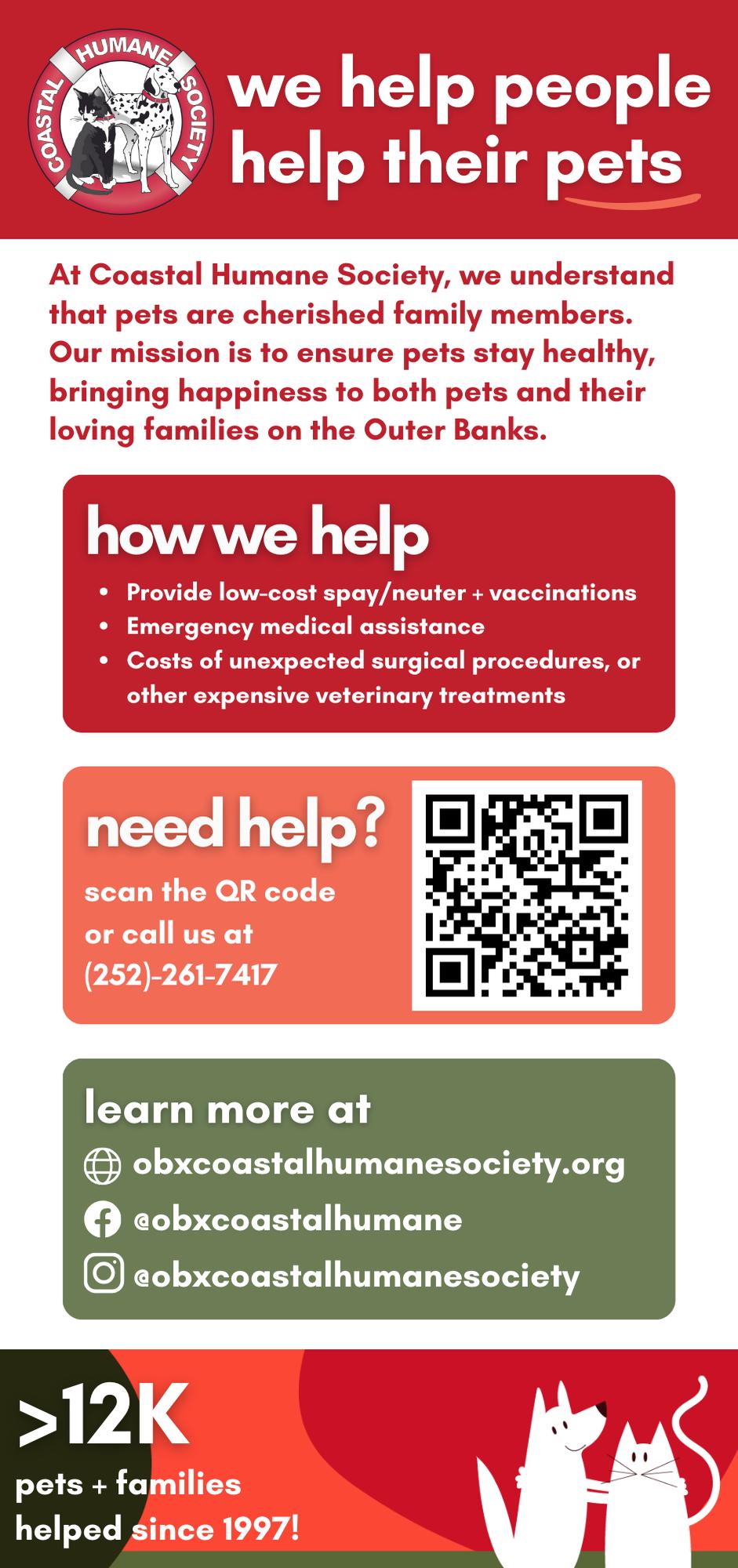
Outer Banks Pets
WEDNESDAY,
Doggy day care options on the Outer Banks
For many pet owners, the Outer Banks isn’t just a vacation destination— it’s home, and for some, it’s where their fourlegged family members tag along for seaside adventures. But what happens when a beach day, a wedding or even just a long shift at work keeps you away from your pup longer than you’d like? Luckily, a number of local businesses across the barrier islands are stepping up to make sure dogs are cared for, entertained and loved when their owners can’t be there. From Kill Devil Hills to Ocracoke, doggy day care and boarding facilities are offering tailored services that make life easier for both pets and their people. Each spot has its own personality—whether it’s all-inclusive care, cozy overnight stays, or even unique touches like pet weddings and pet taxis. One of the most wellknown names in the area is Ocean Sands K-9 Resort in Kill Devil Hills.
This facility goes beyond the basics, offering traditional day care as well as in-home care for dogs who prefer familiar surroundings. For pets who like a little of both worlds, their hybrid option allows pups to play at the resort during the day but return home at night. Extras like a pet taxi service, and yes, even canine weddings, make Ocean Sands stand out as a one-stop shop for creative, thoughtful pet care. For those down south, Hatteras Island Pet Resort in Rodanthe offers both day boarding and overnight options. It’s an especially convenient choice for families vacationing on Hatteras Island, giving dogs a safe, comfortable place to stay while their owners explore the beach or enjoy a day trip.
Further down the island chain, Sandy Paws Bed & Biscuit Inn in Ocracoke provides overnight care for pups, ensuring they’re comfortable and cared for in a quiet, close-knit setting. The Inn’s location on
the island makes it the goto choice for both locals and visitors staying at the southern tip of the Outer Banks.
On Roanoke Island, Good Dog Retreat in Manteo combines doggie day care with boarding services. With its convenient location right on US-64, it’s easily accessible for Dare County residents and a perfect drop-off spot for pet owners commuting to and from the beach towns.
Also in Kill Devil Hills, the Holistic Pet Shop offers doggy day care and boarding alongside its retail offerings. For owners who like the idea of combining pet wellness shopping with day care services, this local business is an appealing choice.
On the mainland, Muddy Paws Bed and Biscuit in Columbia offers an array of options for dogs, as well as cats and exotics.
Whether you’re a yearround Outer Banks resident or a seasonal visitor, the options for doggy

Fall fun: Five ways for families with pets to get outdoors this autumn
Cooler weather and colorful landscapes make backyards and local parks ideal for family activities
The TurfMutt Foundation is encouraging families to take advantage of fall’s cooler temperatures and vivid scenery by spending more time in their own backyards and local green spaces. Outdoor activity in the autumn months isn’t just enjoyable, getting outside is
linked to lower stress, sharper focus and better overall health.
“Mulligan the TurfMutt and I enjoy this time of year when the air is crisp and the leaves are changing,” said Kris Kiser, president and CEO of the TurfMutt Foundation. “You don’t have to travel far to find adventure. It’s right outside your door, and your dog will be more than happy to come along to all these activities.”
The TurfMutt Foundation offers these ideas for making the most of the season:
1. Become a Backyard Scientist: Download free (and fun) educational materials at turfmutt.com/education and turn your yard or local park into an outdoor STEM classroom.
2. Host a Fall Scavenger Hunt: Organize a search for seasonal items like colorful leaves, acorns and feathers –or whatever is indicative of fall to you.



3. Take in the Scenery: Walk or bike through your neighborhood or park to take in fall foliage while watching for migrating birds and wildlife.
5. Make Yard Clean-up Fun: Turn garden clean-up and fall bulb planting into games or challenges for kids. Let kids jump in leaf piles or hide your dog’s favorite toy for a “treasure hunt.”
For more fun fall ideas and to learn how to create a healthy green space for families and pets, go to turfmutt.com.
4. Spend an Evening Under the Stars: Grab blankets, hot cocoa and s’mores fixings to host an evening in your yard around a firepit or spread out a blanket to gaze at (and teach to kids!) the constellations.
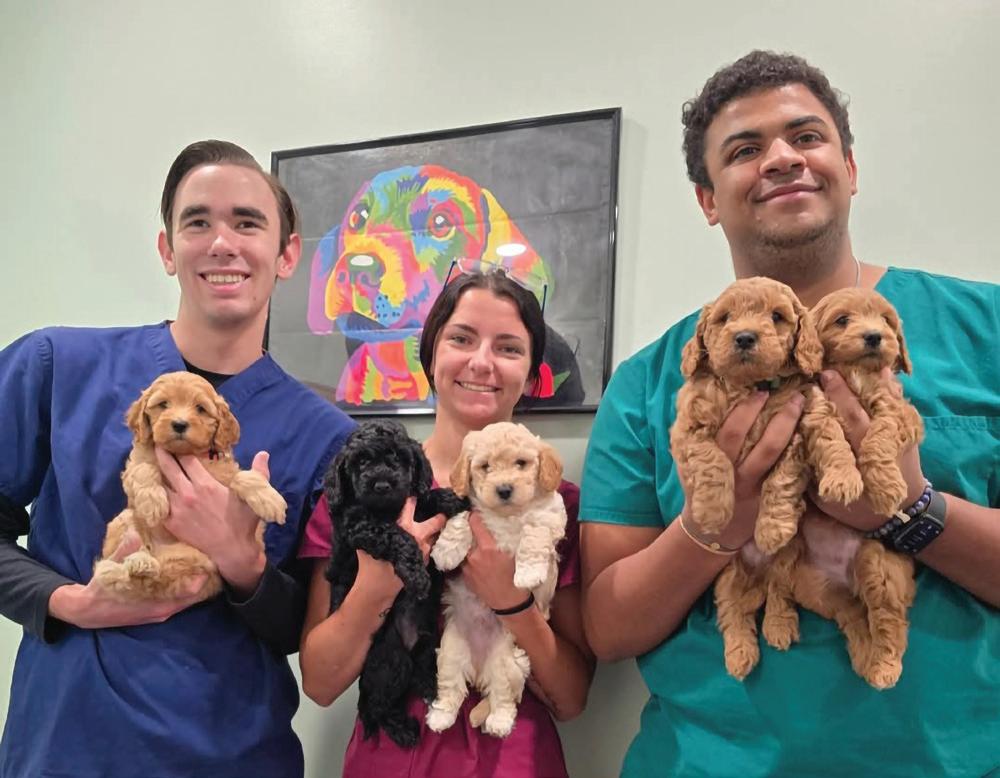
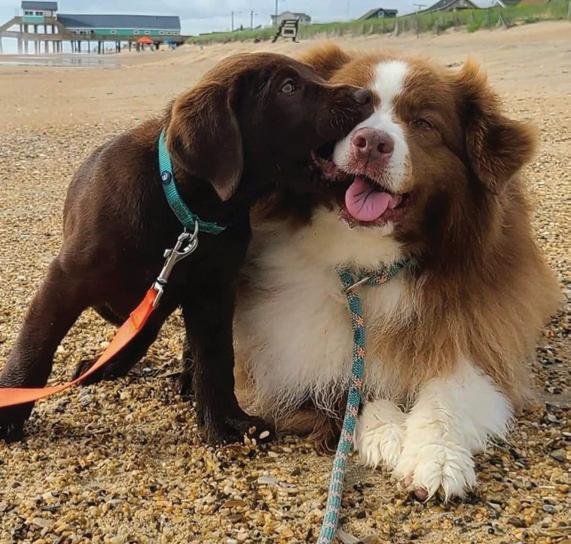

Outer Banks Pets
Ocracats is a 501c3 non-profit organization on Ocracoke Island, N.C. that works each day to keep the feral cat population fed, relatively healthy, and maintained with TNR.
Ocracats has a very successful TNR program that has helped reduce the feral population from approximately 1000 in 2010 to 325 in 2025. Not only has TNR helped reduce the population growth, but Ocracats actively brings in and adopts out the kittens born to the feral mothers.
Success in Ocracats’ kitten adoption program has shown a reduction in kittens born (and brought in for adoption) from 91 in 2020 to eight kittens in 2025 (so far!). Kittens not able to be brought in for adoption are spayed or neutered as soon as possible.
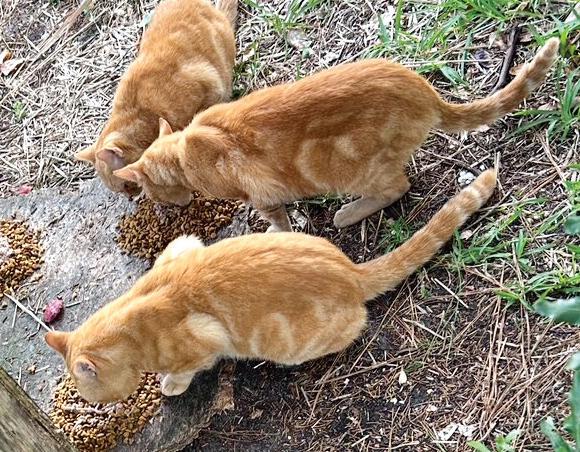
TNR is key to feral cat population reduction. Adults and older kittens must be spayed or neutered or the TNR results won’t matter – more kittens will be born from the kittens not spayed or neutered and the population will increase.
Ocracats is a 100% volunteer organization and is supported solely through monetary donations, grants and t-shirt and calendar sales. All proceeds go to purchasing
daily food for 325 ferals, medical care and spay/ neuter costs. Donations can be made through checks to Ocracats, PO Box 993, Ocracoke, NC 27960, or through the Ocracats website www.ocracats.org “Donation” link. Email Ocracats at ocracats@gmail.com for more information.
— Submitted by Rita Thiel



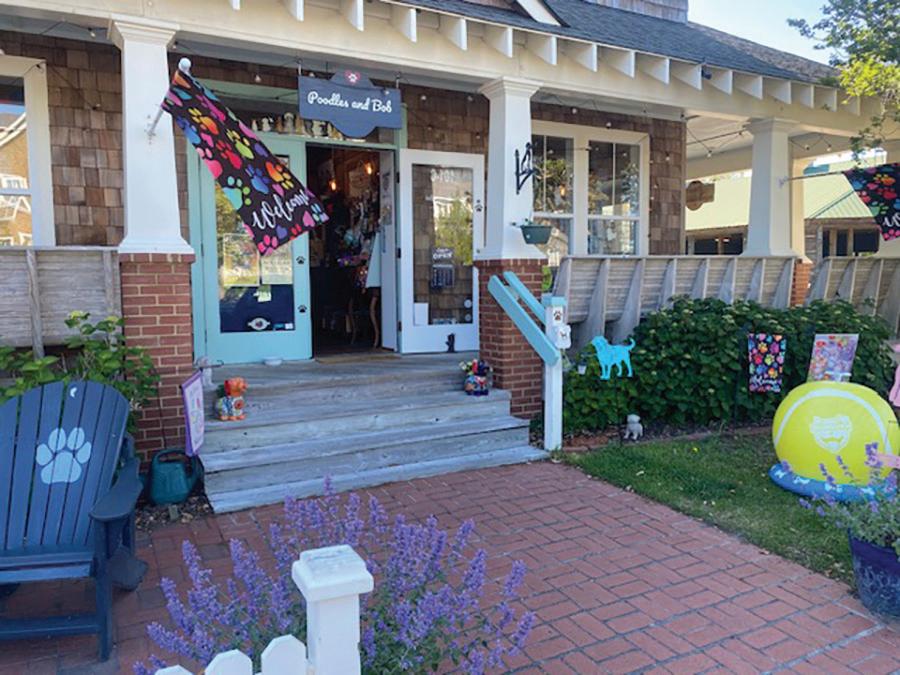










Outer Banks Pets
Reduce the risk of lost pets
Pets bring a lot of joy to people’s lives. Is it any wonder that, as of 2024, 66 percent of households in the United States, or 86.9 million homes, owned a pet, according to the American Pet Products Association? In fact, 97 percent of pet owners consider their pets to be family members. Introducing a pet into a home is not a decision to take lightly. In addition to the considerable financial investment associated with pet ownership, owners must devote time and energy into safeguarding the well-being of their pets. That includes reducing the chances the animal becomes lost. The Animal Humane Society says it’s estimated one in three pets will go missing in their lifetime. Many of those pets will not be reunited with their owners.
But people can do their part to protect pets from escaping or getting lost. Here are some proactive steps to take.
• Get pet identification. Take a multi-layered approach to identifying the pet, such as name and contact information printed on a collar tag. In addition, have the pet microchipped. A microchip is a small device about the size of a grain of rice that is implanted just under the skin. The microchip can be programmed to emit identification information about the animal when scanned. Pet parents should routinely check and update the chip’s data if they move or if there is a change in phone number or pet ownership.
• Consider a GPS-enabled collar. Another

great tool is attaching a GPS-enabled device to a pet collar. In the event the pet cannot be found, pet owners can track the animal’s location using a mobile phone.
• Secure the home and yard. Check for any apparent points of weakness around the home or yard. Is there a large gap between the bottom of the fence and the lawn that needs remedying? Is the gate latching securely or does it pop open? Are all window screens secure, or could they be pushed out from the inside? Curious animals can quickly turn into escape artists, especially if there is a wild animal to chase or a scent they want to investigate. Securing the home can cut down on potential problems.
• Utilize obedience training. Working with a certified dog trainer or cat behaviorist can teach the pet to curb an instinct to bolt. If they start to run off, training can help pets develop adequate recall skills to come back when called. Trainers also can teach
techniques to quell pets’ desires to dart when a house or fence door is open.
• Choose well-fitting collars and harnesses. A collar can be rendered useless if the pet is able to slip its head out, especially when a little pressure is applied. A martingale collar is a special collar that will safely tighten when the dog tries to pull away. When the dog loosens up the pull, the collar goes back to its comfortable position. Harnesses may be even more secure for escape artists because they attach around the midsection rather than the neck.
• Use leashes on pets. The animal should be on a leash whenever it is taken outdoors where there is no fence or secured area. Even the most welltrained pets may run off from time to time. Not to mention, leash laws exist in many areas for both the dog’s and people’s protection.
It’s important that pet owners take steps to prevent their furry friends from running away and getting lost.

Potential threats to pet health in your own yard
Homes are often characterized as sanctuaries for their residents. Though such characterizations often are made in reference to humans and their domiciles, homes also should be safe spaces for pets.
Pet owners go to great lengths to ensure their pets are healthy and happy, and that typically includes efforts to ensure their home interiors are free of hazards that could affect their furry friends. But there are various threats to pet health in a yard as well. Recognition of those threats and what can be done to minimize them can ensure exterior spaces are as safe for pets as areas inside the home.
• Mulch: Mulch is found in many yards, as it adds aesthetic appeal to a landscape and helps soil retain moisture, which can safeguard trees, plants and flowers from drought and the dog days of summer. But some mulch contains theobromine, a chemical compound that can be toxic and may even be
lethal to dogs when ingested. Pet owners are urged to use mulch that does not contain theobromine, which is typically found in cocoa mulch.
• Flower: The mulch around flowers can be toxic to pets, and so can the blooms themselves. Lilies, tulips, hydrangeas and azaleas are just some of the popular flowers that can cause stomach upset in pets. Pet owners are urged to speak with their veterinarians about flowers and plants native to their areas that might be toxic to pets.
• Wildlife: A collaborative study from researchers at the University of Michigan, the University of Washington and University College London published in 2024 warned that the overlap between humans and animals will increase considerably over the next half century. Climate change and human population growth are driving forces behind that increase, which suburban homeowners may already be witnessing. As
Whole pet wellness starts at home

By Debra Johnson local pet wellness advocate
Caring for pets goes far beyond the yearly vet visit. Just like us, dogs and cats thrive when their physical, mental, and emotional needs are supported every day. A proactive approach to wellness not only helps pets live longer, but also ensures their years are filled with comfort, vitality and joy.
Nutrition: The Foundation of Health
A balanced diet is the cornerstone of wellness. Quality proteins, healthy fats and species-appropriate nutrients fuel everything from a shiny coat to a strong immune system. Pet parents should look closely at food labels—avoiding unnecessary fillers and artificial additives—and
choose diets that align with their pet’s life stage and activity level.
Prevention: Small Habits, Big Impact Regular checkups are essential, but everyday observations matter too. Taking a few minutes each week to check teeth, ears, skin, nails and weight can help catch issues early. Grooming also plays a role—it not only keeps pets looking their best but also allows owners to notice changes in their pet’s health before they become serious.
Movement and Enrichment
Exercise isn’t just for burning energy. Walks, play sessions and puzzle toys stimulate the brain, reduce stress and strengthen the bond between pet and parent. Cats,
in particular, benefit from climbing structures, interactive play and safe spaces to explore.
Holistic Therapies
More pet parents are embracing holistic options to complement traditional care. Cold laser therapy, for example, can ease pain and inflammation, while acupoint stimulation encourages relaxation and balance. These therapies can offer additional comfort and improve quality of life.
Emotional Wellness
more and more wooded areas are leveled to create additional housing, wildlife such as deer, raccoons, opossum, foxes and more are losing their habitats and subsequently being seen with greater frequency in suburban neighborhoods. Wildlife can carry disease that can make domesticated animals sick, and some wildlife might go on the attack when they encounter cats or dogs in backyards. Monitoring pets whenever they’re outside, sealing garbage cans so wildlife is not attracted to the yard and keeping compost piles free of foods that might draw wildlife to a yard are some of the ways to reduce the chances of interactions between wild animals and domesticated pets. These are just a handful of threats to pet health that might be lurking in your backyard. Always keep an eye on pets when they’re outdoors and speak with a veterinarian to identify ways to minimize backyard threats.
Pets feel stress too. Loud noises, routine changes, or boredom can trigger anxiety. Creating predictable routines, offering safe spaces, and building in positive daily interaction can go a long way toward keeping pets calm and happy.
A Lifelong Commitment Wellness is not a one-time effort—it’s a journey. By focusing on nutrition, prevention, movement, holistic care and emotional support, pet parents can help their dogs and cats enjoy healthier, more vibrant lives. Our pets give us their best every day. The least we can do is return the favor with lifelong wellness.
About the Author: Debra Johnson is the owner of Poodles and Bob and Poodles and Bob Spa in downtown Manteo. Certified in cold laser therapy and acupoint stimulation for pets, she is passionate about pet nutrition, holistic wellness, and helping dogs and cats live their healthiest, happiest lives.




